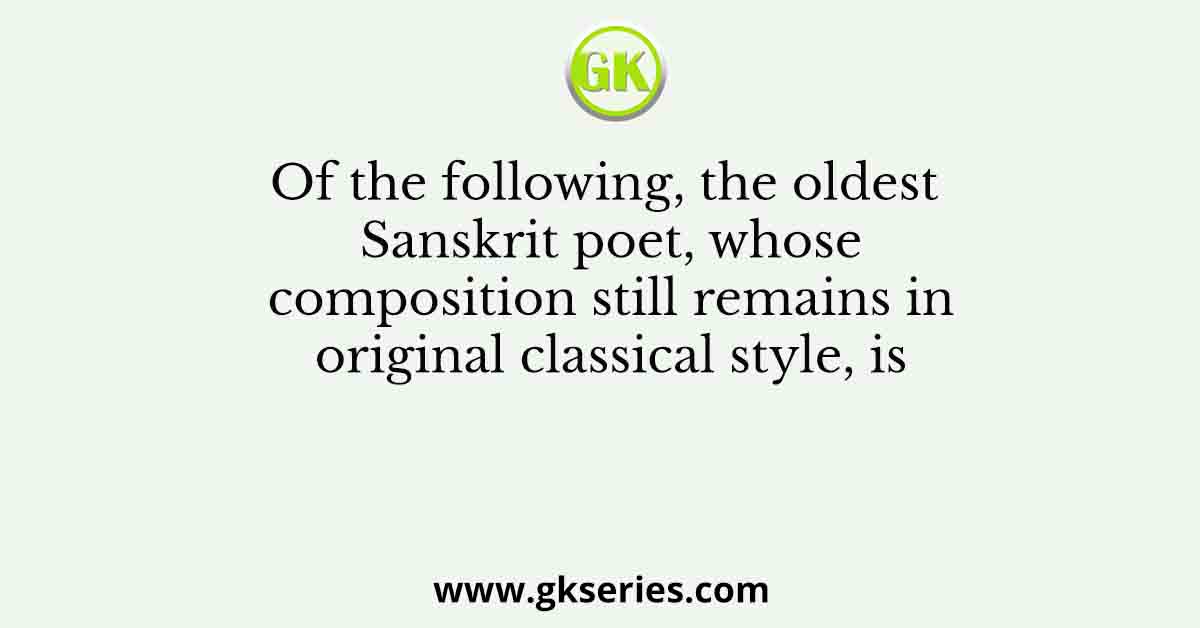
Q. The Revolt of 1857 is described in local traditions, folk-lores, and in popular narratives as
(a) the struggle of sepoys and feudal lords against the British
(b) as sufferings of people
(c) people unified in their resistance to the British
(d) mythological tales.
Ans: (c) people unified in their resistance to the British
Explanation: The Revolt of 1857 is described in local traditions, folklores, and popular narratives as (c) people unified in their resistance to the British. The uprising of 1857 was a significant event in Indian history, and it is often depicted in various local traditions and narratives as a collective resistance by the Indian people against British colonial rule. The revolt involved diverse groups and communities, including sepoys, peasants, zamindars (feudal lords), and civilians who joined forces to challenge British authority and seek independence. The popular narratives and folklores often highlight the unity and widespread participation of the people in their struggle against the British.





